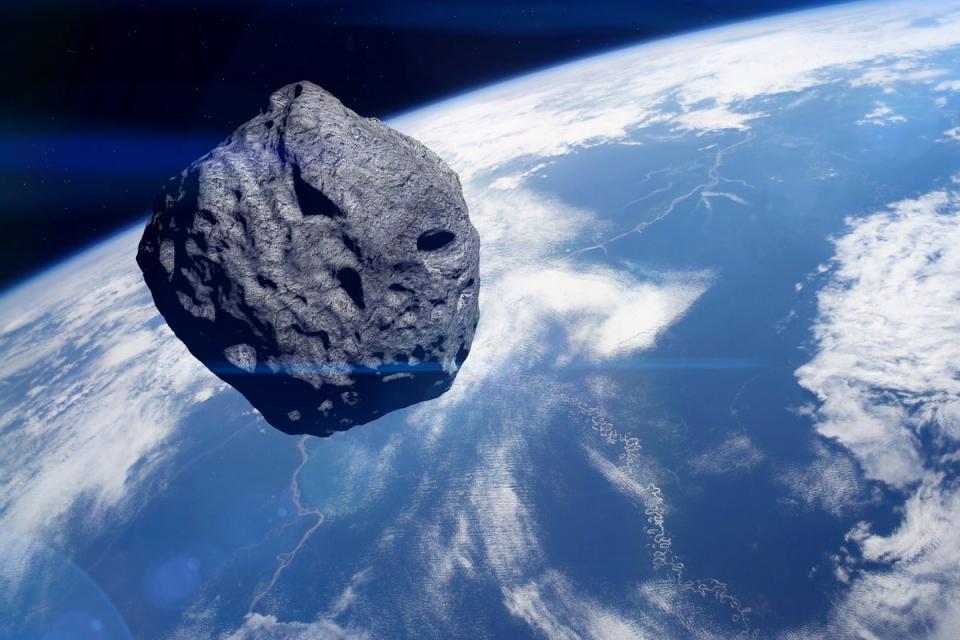Earth has a new “mini-moon” after an asteroid has joined our orbit.
The object, known as 2024 PT5, has been chasing after us for years. Now, it has become close enough to be pulled in by our gravity.
It will stay with us until November, when it will stop being bound to Earth and we will leave it behind. Then it will stay on its new orbit around the Sun.

Mini-moons happen when an asteroid slowly approaches Earth in such a way as to be taken around more by our own planet’s gravity than the usually much more powerful pull of the Sun.
They are usually formed out of asteroids or other natural objects that are floating around space. But it is possible for them to be human-made, as when pieces of space junk get caught in our gravity.
The newly discovered example, 2024 PT5, was only discovered last month when it was spotted by scientists as part of the Asteroid Terrestrial-Impact Last Alert System. The 2024 in its name refers to its year of discovery.
That alert system is a project to spot near-Earth objects that could endanger life on Earth, but the mini-moon is not thought to pose any risk.
The find was reported in a paper published last month in the journal Research Notes of the AAS , under the title ‘A Two-month Mini-moon’. There, researchers reported that the object was expected to take a horseshoe-like route that would see it pulled into our orbit before falling back out again, probably around 25 November.
It will then leave our neighbourhood in January. Researchers calculate that it could fly by again in 2055.
While the object can be seen with dedicated telescopes, it is too small and dim to be spotted with the naked eye. Like many of the asteroids that come near Earth, it is thought to have come from the Arjuna belt, where the objects are small.
While it is relatively common for the Earth to fly by and even pull in small objects of this kind, it is more rare for them to become mini-Moons and join our orbit in the way 2024 PT5 has. But we have had them in the past, as in the case of 2022 NX1 – which joined Earth as a mini-Moon in 1981 and then came back in 2022.
Other planets also have their own mini-moons, with Jupiter seeming to be the most common host because of its much larger mass and stronger gravitational pull, though they have been spotted on other planets in our solar systems, too. Some planets can also get quasi-moons that orbit around the sun on similar routes to their planets – and those objects can also attract their own mini-Moons.

